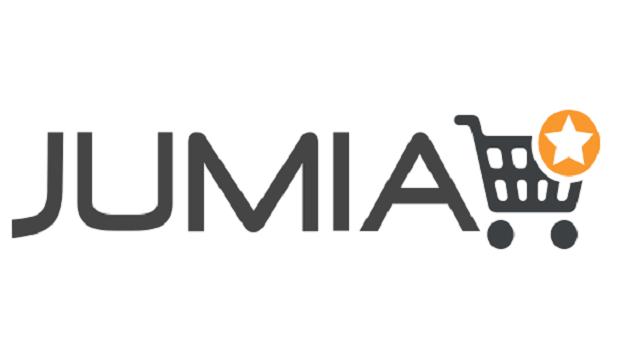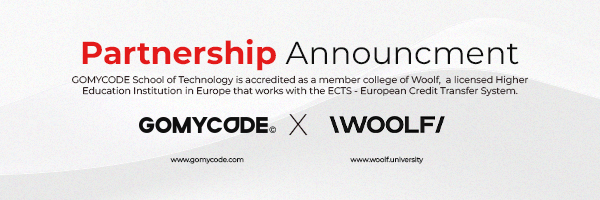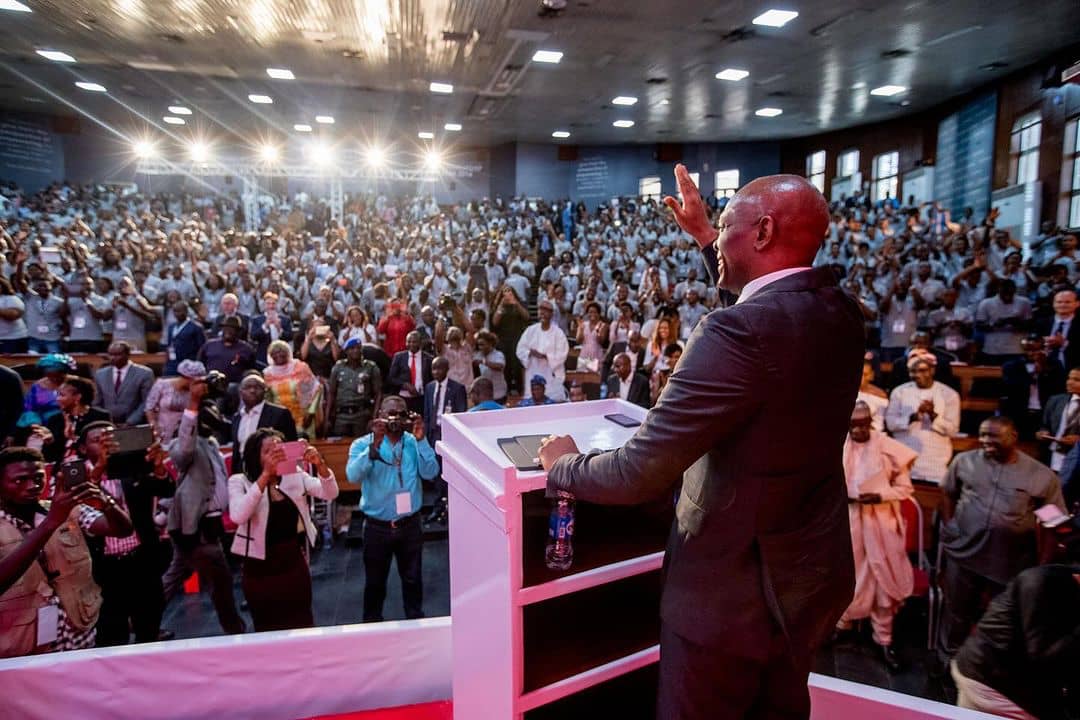General News
Lamudi App Now Available On iOS
Lamudi App Now Available On iOS By peter ugwu Leading property portal Lamudi has launched its iOS app in Nigeria as the company seeks to capture the growing smartphone market in the country. The launch of Lamudi’s iOS app follows the successful roll out of the company’s Android app in Nigeria last month. The app, Lamudi: Real Estate for Sale and Rent is now available on iOS devices in 16 countries across Africa, Asia and Latin America. Lamudi, a division of African Internet Holding, has so far made the iOS app available in nine countries in Africa. Allie Morse, chief executive officer, Lamudi West and Central Africa said, “Lamudi is very excited about the launch of our IOS app, enabling property searchers to browse 1000’s of top properties on Lamudi from their mobile devices.” On his part, Obi Ejimofo, managing director, Lamudi Nigeria, described the launch of the Lamudi iOS App as part of giant leaps the platform has taken since its official launch last year. He said, ‘Lamudi is all about constant evolution. We launched the android app and You tube channel some months back and today we are launching the iOS app ensuring we get Lamudi Nigeria into the hands of over 30 million estimated smart phone users in Nigeria’. Sacha Poignonnec, co-CEO of Africa Internet Holding, said: “The launch of Lamudi’s Android app last month was a great success. We saw huge demand from our customers in Nigeria and beyond, so we decided to keep the momentum going by moving on to iOS straight away. The new iOS app puts thousands of global property listings from 16 countries in your pocket. In total, listings from nine African countries are now available on iOS. This means your dream home is now just a tap away.” The Lamudi app provides the perfect platform for house-hunters to rent, buy or sell property on the go. The iOS and Android apps are designed to meet the growing demand for mobile internet services in emerging markets. Smartphone use in sub-Saharan Africa is forecast to rise by 40% each year until 2017, according to a recent report from research firm Frost & Sullivan. A key feature of the app is its customised search function, which allows users to easily filter results by country. The app also provides match alerts, with users receiving a notification as soon as a property that suits their needs hits the market. House-hunters can also bookmark their favourite properties to access at any time and on any device. All listings on the app feature high-quality photo galleries, detailed property information, maps, and multiple contact details for property owners or agents. Users can also share their favourite properties with family and friends via Facebook, Twitter or email. The Lamudi iOS app is now available in Morocco, Ghana, Kenya, Nigeria, Tunisia, Uganda, Ivory Coast, Tanzania, Zimbabwe, Bangladesh, Pakistan, Indonesia, the Philippines, Peru, Mexico and Colombia. Launched in 2013, Lamudi is a global property portal focusing exclusively on emerging markets. The fast-growing platform is currently available in 28 countries in Asia, the Middle East, Africa and Latin America, with more than 500,000 real estate listings across its global network. The leading real estate marketplace offers sellers, buyers, landlords and renters a secure and easy-to-use platform to find or list properties online.
General News
Jumia Nigeria Kicks Off Tech Week 2025

Jumia, pan-African e-commerce platform, has launched its highly anticipated annual ‘Tech Week’ campaign, bringing consumers amazing deals on the latest gadgets and smart devices.

Under the theme “Future is in Your Hands,” this year’s campaign is designed to inspire Nigerians to embrace cutting-edge technology and innovation. Running from March 17th to March 30th, 2025, the campaign offers millions of customers access to unbeatable discounts on a wide range of tech essentials, including smartphones, laptops, home appliances, and entertainment systems.
In partnership with leading global and local brands such as Xiaomi, Oraimo, Binatone, Itel, SilverCrest, Ecoflow, Tecno, Realme, Skyrun, Century Appliances, Hisense, PZ Cussons, Unilever and Nivea, Jumia is committed to ensuring a seamless shopping experience with the best deals on high-quality tech products.
“We’re excited to present Jumia Tech Week 2025, a platform to enable Nigerians to have access to high-quality devices. With the rapid growth in digital adoption across the country, this campaign is designed to put the latest innovations within reach, helping customers stay connected, productive, and entertained. Our strategic partnerships with top brands allow us to deliver premium products at the best prices, making tech upgrades accessible to all,” said Sunil Natraj, CEO, Jumia Nigeria.
Commenting on the partnership with Jumia for Tech Week, Sylvie Zeng, Head of E-Commerce, Xiaomi, said “Xiaomi is focused on bringing cutting-edge technology to everyone, and Jumia Tech Week 2025 is the ultimate opportunity to experience our diverse range of innovative products at unbeatable prices.
“From the high-performance Poco series to the reliable and stylish Redmi smartphones, and a wide selection of AIoT devices designed to enhance your smart home, Xiaomi offers powerful, beautifully crafted technology for every need. This Tech Week, don’t miss out on the best deals to upgrade your lifestyle with Xiaomi, exclusively on Jumia!”
With over 142 million active internet subscribers reported in January 2025, Nigeria continues to witness an accelerated digital transformation. Jumia Tech Week caters to this dynamic shift, offering consumers a trusted platform to explore and acquire the latest tech essentials conveniently.
Beyond amazing discounts, Jumia Tech Week 2025 features exclusive flash sales, brand days, exciting giveaways, and interactive games throughout the campaign. Consumers can enjoy a seamless online shopping experience with secure payment options and pay-on-delivery services, ensuring accessibility for all.
General News
GOMYCODE Partners Woolf University to Offer Globally Recognised Master’s Degree in Software Engineering in Nigeria

GOMYCODE, a leading technology education provider, has announced a groundbreaking partnership with Woolf University, a global collegiate higher education institution, to offer Master of Science in Computer Science with Specialization in Software Engineering to aspiring and established tech professionals in Nigeria.

This collaboration aims to provide accessible, high-quality, globally recognized education to individuals seeking to advance their careers and expand their opportunities.
The Master’s program is designed to empower busy professionals and ambitious individuals with advanced skills and qualifications, opening doors to global job opportunities and facilitating potential emigration for those seeking international careers.
“We are thrilled to partner with Woolf University to bring this exceptional opportunity to Nigeria,” said Yahya Bouhlel, Co-founder of GOMYCODE. “In today’s competitive tech landscape, advanced degrees are increasingly essential.
“This partnership allows us to provide a flexible, world-class education that empowers our students to achieve their career aspirations, whether they seek to excel locally or on a global stage.”
The program’s online, flexible structure caters to the demands of working professionals, enabling them to balance their studies with existing commitments. Students will benefit from Woolf University’s rigorous academic standards and GOMYCODE’s practical, industry-relevant approach to learning.
“Woolf University is excited to collaborate with GOMYCODE to expand access to quality higher education in Nigeria,” stated Naveen Jangir, Head of Strategy and Growth, from Woolf University. “Our mission is to democratize education, and this partnership aligns perfectly with our goal of providing accessible, accredited degrees to learners worldwide.
“We believe this program will equip Nigerian tech professionals with the skills and credentials they need to thrive in the global economy.”
Babatunde Olaifa, Country Head of GOMYCODE in Nigeria, emphasized the significance of this partnership for the Nigerian tech ecosystem.
“This collaboration represents a significant leap forward for tech education in Nigeria. By offering a globally recognized Master’s degree, we are empowering our professionals to compete on a global scale.
“This is a chance for people to level up their careers, and to open doors that they previously thought were closed.
“We are very excited to see the impact that this program will have on the lives of our students and the broader Nigerian tech community.”
This Master of Science in Computer Science with Specialization in Software Engineering program is ideal for tech professionals seeking to enhance their qualifications; Individuals aiming for global job opportunities; those considering emigration and requiring advanced degrees; ambitious individuals looking to accelerate their career growth.
GOMYCODE and Woolf University are committed to providing a supportive and enriching learning environment that fosters innovation and excellence.
General News
Tony Elumelu Foundation Set to Announce 2025 Cohort of TEF Entrepreneurship Programme

The Tony Elumelu Foundation (TEF), Africa’s leading philanthropy empowering entrepreneurs is set to announce the 11th cohort of the TEF Entrepreneurship Programme on Saturday, March 22, 2025.

The 2025 announcement comes at a critical time, as Africa’s entrepreneurship ecosystem faces funding constraints and global economic headwinds. TEF continues to provide much-needed support, empowering African entrepreneurs to transform their ideas into sustainable businesses and engines of economic growth.
Each selected Tony Elumelu Entrepreneur will receive $5,000 non-refundable seed capital, a world-class business training on TEFConnect, one-on-one mentorship, and access to global networks and investment opportunities. The selection process is being conducted by Ernst & Young, to ensure independent assessment.
The impact of the Tony Elumelu Foundation extends beyond funding. It is changing lives and shaping Africa’s future, as witnessed by beneficiaries of the catalytic TEF Entrepreneurship Programme.
Ahead of the upcoming announcement, Tony O. Elumelu, C.F.R., Founder of TEF and Group Chairman of Heirs Holdings, reiterates his unwavering belief in the potential of Africa’s entrepreneurs:
“I believe that Africa’s transformation will not be led by aid, but by empowering the next generation of African entrepreneurs—giving them the tools, the funding, the training, and the networks to build sustainable businesses that create jobs and drive economic growth.
Over the past decade, we have nurtured entrepreneurs from inception to success, scaling our impact across all 54 African countries. We have provided capital and also developed a robust monitoring and evaluation framework that allows us to track the progress of our entrepreneurs and measure their contributions to their communities and economies.
No other organisation is implementing entrepreneurship development at this scale across Africa. We have learned, we have refined, and we continue to improve, ensuring that African entrepreneurs—women and men—are at the forefront of solving our continent’s challenges and creating wealth for themselves and their communities. Entrepreneurship is the key to Africa’s prosperity. I wish the 2025 cohort of Tony Elumelu Entrepreneurs success, as they chase their ambitions, and play their part in Africa’s transformation.”
The Tony Elumelu Foundation is the leading philanthropy empowering a new generation of African entrepreneurs, driving poverty eradication, catalysing job creation across all 54 African countries and ensuring inclusive economic empowerment.
Since the launch of the Tony Elumelu Foundation Entrepreneurship Programme in 2015, TEF has lifted over 2 million Africans out of poverty, provided 2.5 million young Africans with access to training on TEFConnect, and disbursed more than $100millon in direct funding to thousands of African entrepreneurs who have gone on to create over 1.5 million direct and indirect jobs and generate over $4.2 billion in revenue.
Tony Elumelu Entrepreneur Testimonials from Previous Years:
“I started my agribusiness with nothing but an idea. TEF changed everything. With the funding, training, and mentorship, I have now expanded across three countries and employ 25 people.”
– Fatima Diallo, Senegal, Agritech Entrepreneur
“As a woman in the fintech industry, it was difficult to secure funding. TEF not only provided me with capital but also the confidence and skills to build a business that is now attracting international investors.”
– Mary Okeke, Nigeria, Fintech Founder
“The TEF Entrepreneurship Programme helped me commercialise my clean energy innovation. Today, we provide solar solutions to over 50,000 homes in rural Tanzania.”
– Juma Nyerere, Tanzania, Renewable Energy Entrepreneur
For more details on the Tony Elumelu Foundation’s impact visit our Impact Page, African Success Stories Page, and Annual Report Page.
For Media Inquiries: media@tonyelumelufoundation.org

 Telecom3 days ago
Telecom3 days agoAirtel Launches AI Spam Alert in Nigeria

 E-Business3 days ago
E-Business3 days agoMyLagos App Unavailable despite Launch with Fanfare

 E-Financial3 days ago
E-Financial3 days agoAllegations of Fraud against us Unfounded, False — First Bank

 Telecom3 days ago
Telecom3 days agoNCC, ALTON, LASIMRA Engage to Strengthen Telecom Infrastructure in Lagos

 E-Financial3 days ago
E-Financial3 days agoNigeria’s Cash Payments to Decline 32% by 2030 on Digital Transaction Surge

 News3 days ago
News3 days agoFG Seeks Stakeholders’ Collaboration to Bridge Digital Gap

 News3 days ago
News3 days agoAMCON Vows to Recover N455bn Debt from Arik Air, Affiliates

 Broadcasting3 days ago
Broadcasting3 days agoMTN Board: Between sentiment and the law



























